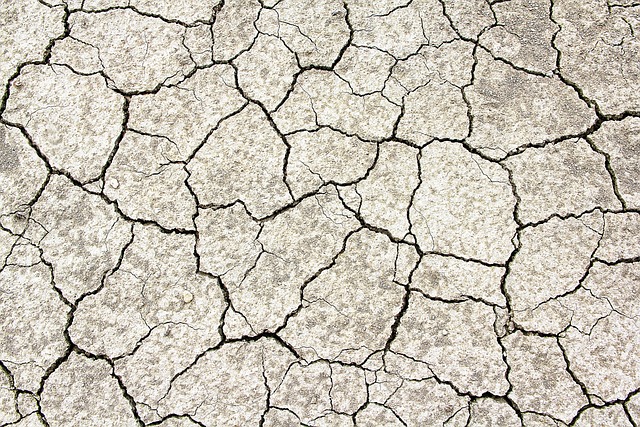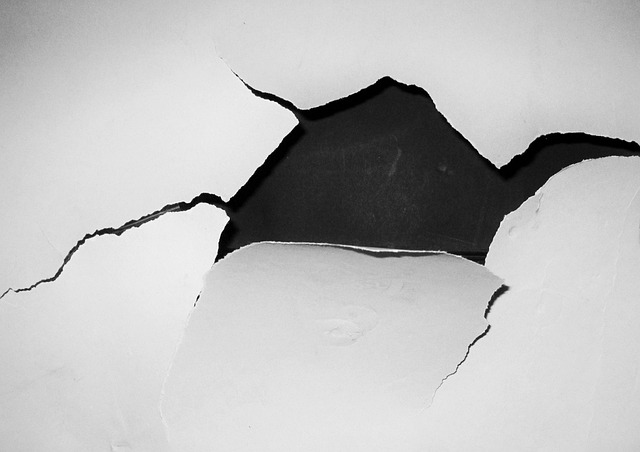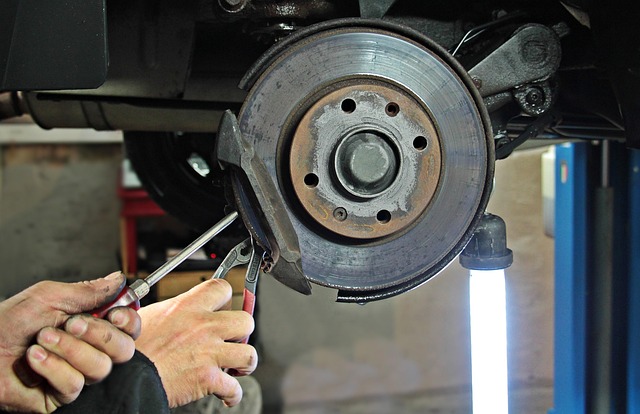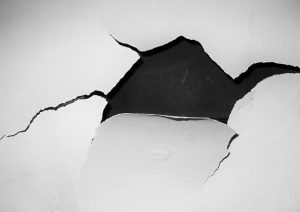Concrete cracks, from hairline to diagonal, signal potential structural issues caused by foundation settling, moisture, or improper mix design. Accurate crack identification guides repair methods ranging from surface patching and epoxy injections for minor cracks to structural repairs like carbon fiber reinforcement or epoxy injection for severe cases. Regular maintenance and appropriate filling materials are crucial for long-lasting durability. Professional repair ensures specialist knowledge and equipment, while DIY approaches are cost-effective for minor cracks but require understanding the process. Preventing cracking through proper concrete placement, finishing, compacting, moisture control, and curing minimizes future damage.
Concrete cracks can mar the aesthetics and structural integrity of buildings. Understanding crack types and causes is the first step towards effective repair. This article delves into comprehensive concrete crack solutions, guiding you through severity assessment, temporary vs. permanent repairs, common methods, material selection, professional vs. DIY approaches, and preventive measures. Equip yourself with this knowledge to select the best crack repair solution for your needs.
Understanding Concrete Cracks: Causes and Types

Concrete cracks can be both functional and aesthetic issues, often indicating underlying problems within a structure. Understanding their causes and types is paramount for effective crack repair. These cracks typically arise due to various factors such as settling of the foundation, freeze-thaw cycles, excessive moisture, or improper concrete mix design. Each type of crack has distinct characteristics: hairline cracks suggest minor stress while wider, diagonal cracks may indicate more severe structural problems.
Proper identification is crucial for effective crack repair. For example, if a crack is due to moisture penetration, addressing the source of water intrusion and using appropriate sealers can prevent further damage. In contrast, structural cracks may require advanced techniques like carbon fiber reinforcement or epoxy injection to stabilize and strengthen the concrete.
Assessing the Severity of Concrete Crack Damage

When assessing concrete crack damage, understanding its severity is crucial for effective crack repair. Visual inspection is the first step; observe the length, width, and depth of the crack. Wider or deeper cracks often indicate more serious structural issues and may require professional intervention. Moreover, take note of any signs of ongoing movement, such as shifting or uneven surfaces, which could suggest underlying problems that need addressing.
Crack repair methods vary based on severity. Minor cracks can often be addressed with surface patching or epoxy injections to fill and stabilize them. More extensive cracks might necessitate structural repairs, including replacing damaged concrete or reinforcing the area with steel bars. Regular maintenance and prompt attention to cracks can prevent their progression, ensuring the longevity of your concrete structures.
Temporary Crack Repair vs. Permanent Solutions

When addressing concrete cracks, a key decision is whether to opt for temporary crack repair or permanent solutions. Temporary fixes, like sealing and filling, offer quick relief and cost-effectiveness but are not long-lasting. These methods may be suitable for small, non-structural cracks that don’t pose immediate safety hazards. However, they often require repeated applications over time as the crack tends to reappear.
On the other hand, permanent crack repair solutions aim to address the root cause and prevent future damage. This involves techniques such as structural patching, carbon fiber reinforcement, or epoxy injection. While these methods might be more expensive upfront, they provide durable, long-term solutions, enhancing the concrete’s strength and preventing further deterioration. For critical cracks that compromise the structure’s integrity, permanent repairs are essential for safety and investment protection.
Common Methods for Crack Repair

Concrete cracks can be a structural concern, impacting the integrity of buildings and paths. Fortunately, crack repair is a common and effective solution, with several methods available depending on the severity of the damage. One of the most straightforward approaches is to use epoxy injections, which fill small to medium-sized cracks, restoring strength and preventing further deterioration. This method is especially useful for structural repairs in buildings and bridges.
For wider or deeper cracks, a process called crack routing and sealing might be employed. This involves routing or cutting along the crack to create a clean edge, then applying a suitable sealant to ensure long-term stability. In some cases, especially with aesthetic concerns, surface repairs using concrete overlays or staining can mask cracks while providing a fresh finish, making it ideal for residential driveways or commercial floors.
Choosing the Right Crack Filling Material

When it comes to concrete crack repair, selecting the appropriate filling material is a crucial step. The right choice ensures long-lasting durability and prevents further damage. Different types of cracks require specific materials; for instance, epoxy injections are ideal for deep structural cracks due to their high strength and flexibility. On the other hand, polyurethane foams are more suitable for shallow surface cracks as they expand to fill gaps effectively.
Consideration should also be given to environmental factors and traffic volume. For exterior cracks exposed to varying weather conditions, water-resistant or waterproof materials like epoxy or silicone-based products are recommended. In high-traffic areas, choose materials that can withstand constant vehicle weight and movement without compromising integrity. Regular maintenance and inspection will further ensure the effectiveness of crack repair over time.
Professional Crack Repair vs. DIY Approaches

When it comes to addressing concrete cracks, there are two primary paths to take: professional crack repair or DIY approaches. Engaging a team of experts for crack repair offers several advantages. Professionals have the specialized equipment and knowledge to effectively assess the extent of the damage and implement durable solutions. They can fix both structural and aesthetic cracks, ensuring your concrete surfaces not only look new but also remain strong and stable.
On the other hand, DIY crack repair methods provide a more cost-effective solution for minor cracks. Homeowners or do-it-yourself enthusiasts can purchase crack sealing products from hardware stores and fill in the cracks themselves. While this option is more affordable, it may not be as effective as professional repairs for larger or deeper cracks. Moreover, improper application of DIY kits can lead to further damage, highlighting the importance of understanding the crack repair process before attempting it yourself.
Preventive Measures to Stop Concrete Cracking

Preventing concrete cracking is an effective and cost-efficient strategy, as it can save time and money in the long run. One of the primary steps involves proper concrete placement and finishing during construction. Ensuring adequate compacting and levelness of the concrete surface minimizes stress cracks that may occur due to uneven settling. Additionally, controlling moisture levels is vital; excessive water content can lead to weak, porous concrete, making it more susceptible to cracking. Proper curing techniques, including adequate hydration time and protection from rapid drying conditions, strengthen the concrete, making it less prone to damage.
Regular inspection is another preventive measure that can help identify potential crack repair needs early on. By regularly assessing concrete structures for signs of cracks or other anomalies, you can address issues promptly. Sealing and coating the concrete surface can also protect against environmental factors like extreme temperatures, chemical spills, and water absorption, which contribute to structural deterioration and cracking.
